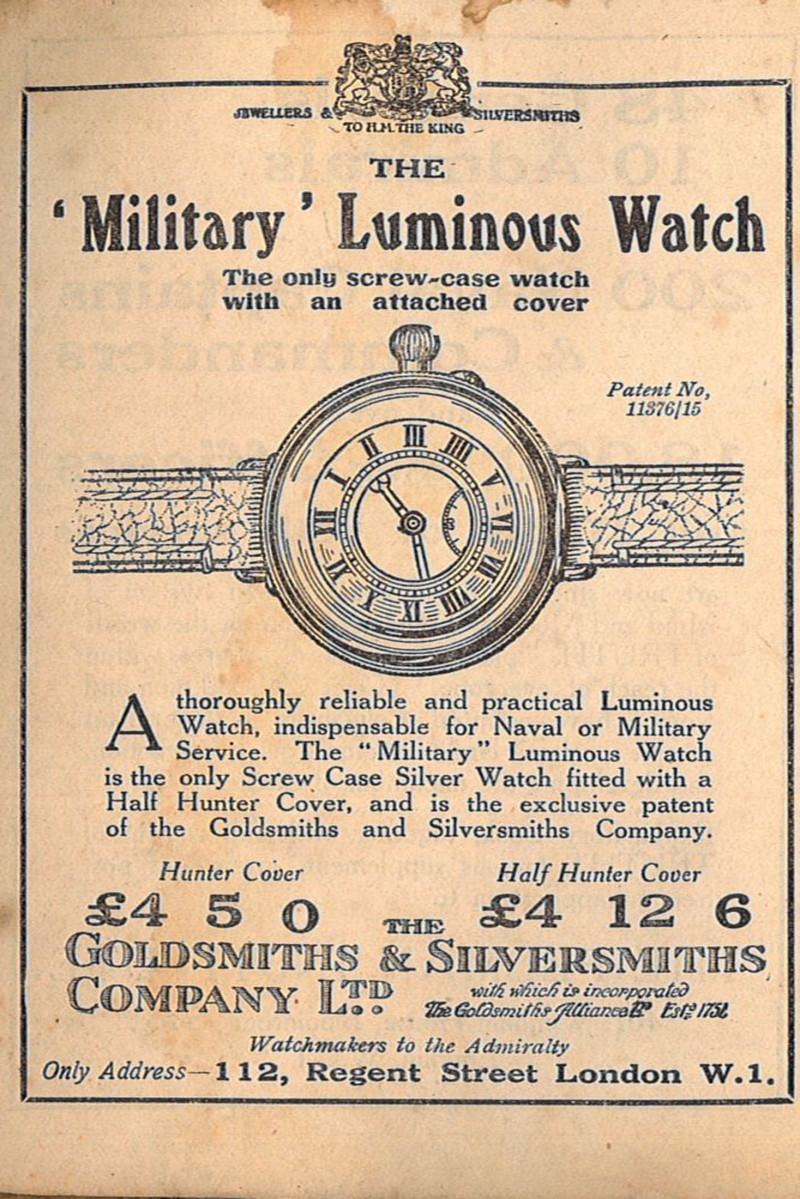A Decrease font size.A Reset font size.A Increase font size.
On July 9, 1916, The New York Times published an article titled: “The Changing Place of the Wristwatch.” The reporter wrote in his article:
“Wristwatches as part of military equipment have been frequently published in European newspapers. This drew attention because modern warfare showed the need for officers and soldiers to know the time.”
The article then goes on to discuss in detail the rapid development of wristwatches, and continues: “Americans, until recently, viewed the wristwatch as a joke of one kind or another.
It has also been used by sitcoms, variety artists, and motion picture actors, as a laughing stock or as a kind of silly fashion.”
The author continues: “Today, when readiness is the motto and tools for knowing the time form an important part of the soldiers' kit, the status of the wristwatch is also changing.
And its opponents are now ready to acknowledge the value of having a bracelet on the wrist that carries a watch that we take outside during daily life in general, but they have not reached a point where they can wear it on all occasions and on a continuous basis, after mocking it for some time.
So what happened next? You know the answer. The pocket watch of yore has faded into oblivion, considered an object of charm for the few.
The wrist watch became the main and widespread tool for people to know the time. They were worn on the left wrist most of the time.
One of the reasons for the widespread wearing of the watch on the left wrist is due to a very simple reason, related to the use of the hand in general, and the writing process in particular.
Only about 10% of people use the left hand to write, and it was common in the past for left-handers to be forced to write with the right hand in schools (for example, what was happening in the Soviet education system).

There are many reasons for this, including the cultural bias against left-handedness,
And the fact that many devices and tools were designed on the basis of the accepted assumption that the right hand is the “correct” hand for writing or otherwise. A mechanical can opener is one clear example of this.
It can therefore be assumed that the reason behind imposing the use of the right hand is related to the act of writing.
Feathers and fountain pens, which were prevalent in correspondence writing for much of the twentieth century, have always relied on liquid ink that dries slowly.
And if you hold your pen with the left hand, and write from left to right, your hand will blur the letters as fast as you write them.
This problem did not begin to fade until Laszlo Biro invented ballpoint pens, which became very popular with the success of the Reynolds ballpoint pen.
Reynolds pens began to be sold at Gimbels stores in New York, in the winter of 1945 (in the movie “The Godfather” Kay Adams appears, Michael Corleone’s girlfriend. She buys one of these pens as a Christmas gift Birth, by Tom Hagen the same year).
They are pens that use dry ink made of oil, which is less prone to blurring and stains, and so are all dry pens from that date to the present day.
However, the problem of stains from liquid ink did not represent a problem for right-handed users from the beginning, and if you are one of those, the left wrist becomes a logical place to wear a wristwatch, as this avoids any Damages.
And given that 90% of people are right-handed rather than left-handed for a lot of things besides writing, even after fountain pens have died out.
Instead of ballpoint pens, wearing wristwatches on the left wrist seems more logical for right-handed users.
(Some continued to wear their watch on the right hand, of course; one of them was Apollo 11 astronaut Michael Collins, who was left-handed and always wore his watch on the right wrist.)
Today, handwriting has largely given way to a keyboard (often with the thumb), which makes me wonder if there is a trend towards wearing watches on the right wrist, just because one might prefer Seeing what it looks like, feeling it in his right hand.
Without handwriting, many of the motivations for wearing a watch end up on the left wrist, at least for those of us who do mental work without shift, and don't actually produce anything material. (My kids like to call what I do “I print for a living.”)
I think the next transitional step would be to wear a watch with a crown on the left designed to be worn on the right wrist, on the left wrist, as an exercise in different choices in these increasingly surreal times.
Tags: elegance watches, left hand